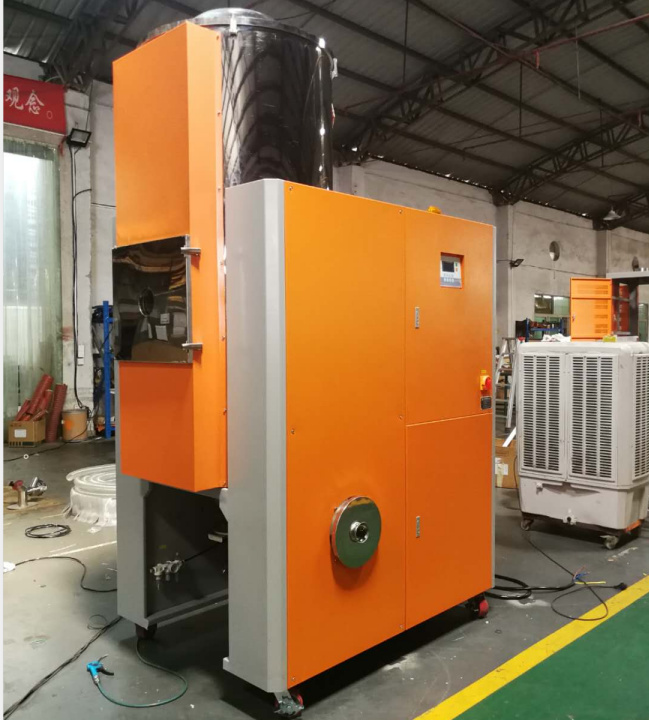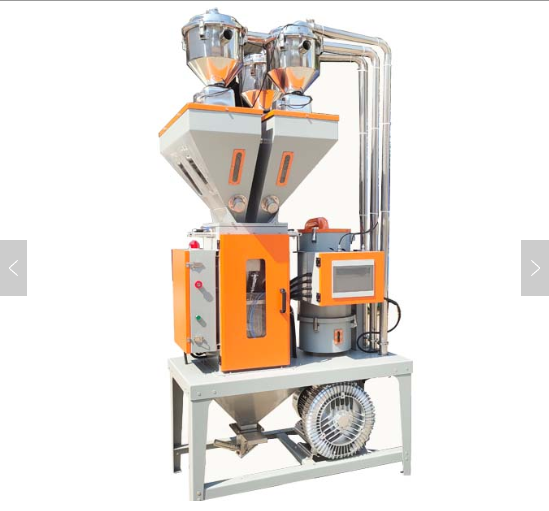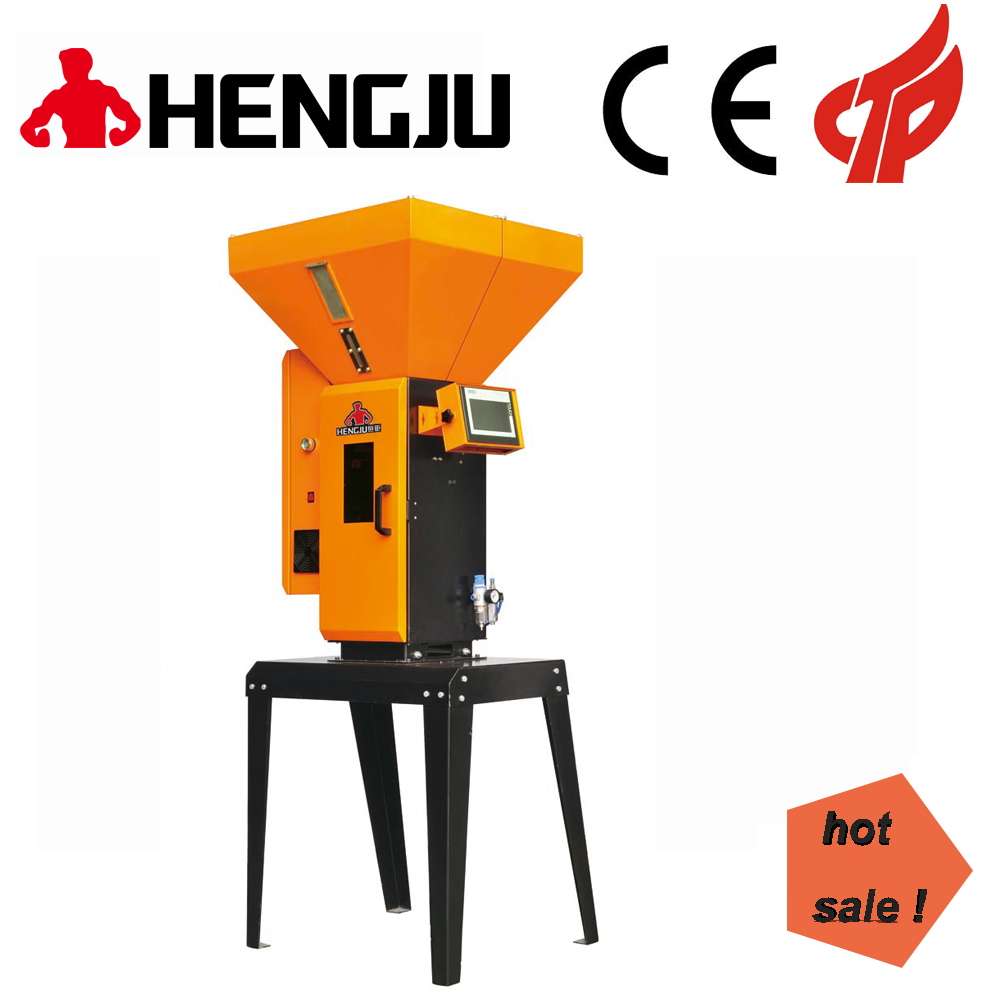The design system of the three-machine integrated dehumidification dryer is more simplified than the ordinary dehumidification dryer. It not only reduces the power consumption of the system, but also has high efficiency, ultra-energy saving and power saving up to 60%. It is also small in size and does not occupy space. Dust workshop. No cooling water is required, so it is easy to move. The structure is simple and the machine has high reliability.

The use process of the three-in-one dehumidification dryer:
The drying efficiency of the three-in-one dehumidifying and drying machine is much higher than that of the straight tube type. It adopts the method of alternately reducing and expanding the tube diameter to alternately accelerate or decelerate the particle movement, resulting in a larger relative velocity and heat transfer area between air and particles. Thereby enhancing the heat and mass transfer rate. At the same time, the speed of the air flow decreases in the large pipe diameter, which is beneficial to extend the drying time of the material. The development direction of desiccant dryer equipment is the diversification of dryer monomers, equipment flow pipe network and material dispersion mechanization. In the process of drying materials, the movement of material particles in the airflow is divided into an accelerated movement stage and a constant velocity movement stage. In the stage of acceleration, the sum of drag and buoyancy on the particles is greater than gravity, which has an upward acceleration. Therefore, the relative velocity of the particles and the airflow is a variable; as the velocity of the particles increases, the drag gradually decreases, up to 3 The vector sum of the forces is zero, and the particles enter the stage of constant velocity motion, at which time the relative velocity between the airflow and the particles is a constant.
The relative movement of the particles and the airflow has a great influence on the heat transfer rate between the particles and the airflow. In the initial drying stage, the ascent speed of the particles just enters the drying tube is zero, and meets the hot airflow with a higher speed to obtain upward At this time, the convective heat transfer coefficient between the two phases is very large, and the material particles continue to accelerate and enter the accelerated drying stage. The heat obtained by the solid particles in the accelerated stage accounts for more than half of the heat obtained in the entire drying stage.
In the later stage of drying, when the rising speed of the solid material approaches or even reaches the airflow speed, the convective heat transfer coefficient is greatly reduced and the drying efficiency is reduced. In the drying process of the widely used three-machine integrated dehumidification dryer, the relative speed of the gas-solid two phases is constantly changed to increase the turbulence intensity at the boundary layer around the particles, maximize the contact area of the gas-solid two phases, and increase the contact time of the two phases. It is an effective measure to improve drying efficiency.
|




